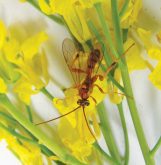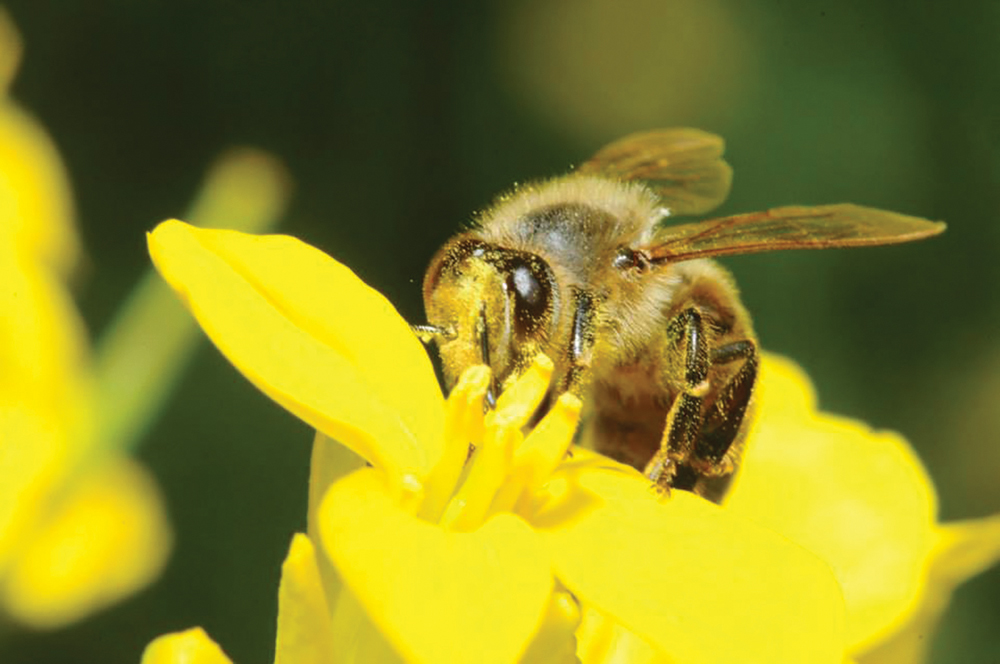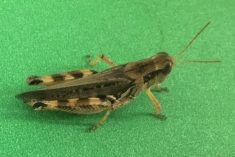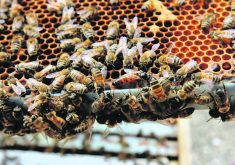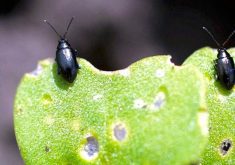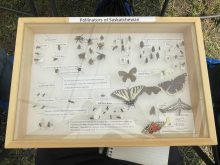It’s a big challenge to control insect pests while doing the minimum harm to beneficial insects.
Manitoba entomologist John Gavloski has a few pointers.
First, trust and use the economic thresholds that are available.
Read Also

Your best (and easiest) holiday dainty tray
Make-ahead recipes, store-bought goodies and co-operation with friends and family: Here’s how to throw together a stunning, low-stress tray.
“If you are spraying for insects when you don’t need to, especially with some broad-spectrum insecticide, there can be a lot of good guys that you’re taking out,” he said.
Consider using selective insecticides.
“We have a few products that kill aphids but not much else, for example,” said Gavloski. “With good scouting, you can limit the need for large-scale application of insecticides by spraying just a patch or strip. For some insects, like cutworms and sometimes grasshoppers, you can spray either a field edge or a patch in a field.
“That means you’re preserving all the beneficials within the field if that part of the field doesn’t need to be sprayed.”
Good crop rotation also helps. Gavloski uses the example of wheat midge.
“If you grow wheat on wheat on wheat, they don’t have to work to find your crop the next year, and you increase your risk of them becoming a problem, which means you are at higher risk of doing more insecticide applications.”

Having a good variety of flowering crops or plants around the farm yard can provide habitat, nectar and pollen resources that will attract beneficial insects.
If spraying a crop in flower (which means you likely have bees), do so either late in the evening or early morning.
“Once it cools down sufficiently, honeybees and some other bees will leave the field. They will go to their hives or nesting areas overnight and come back the next day,” Gavloski said.
“Then at least you are not making direct contact with the bees, and if you use a product that once it dries doesn’t have toxic residuals for bees, then you will minimize your harm.”
Some insecticides are less toxic to bees. Coragen is on example. It kills grasshoppers but not bees and wasps.
Gavloski also suggested contacting nearby beekeepers before spraying a flowering crop.
“They will often cover their hives for a day or so to minimize the damage that is being done.”




